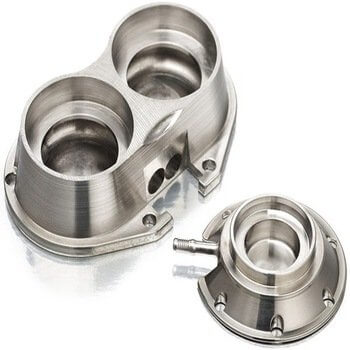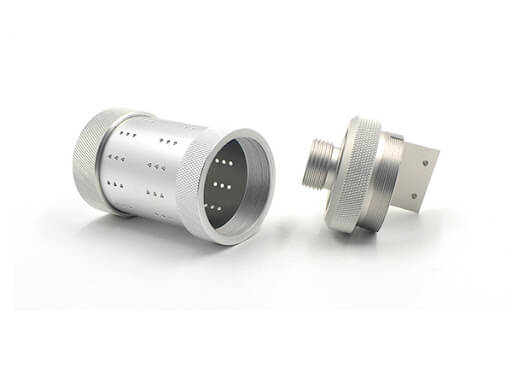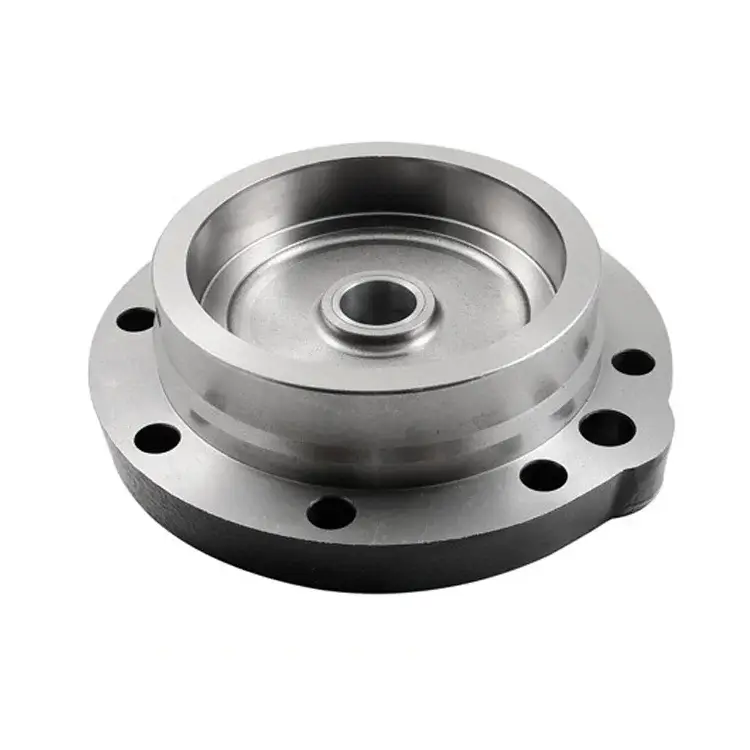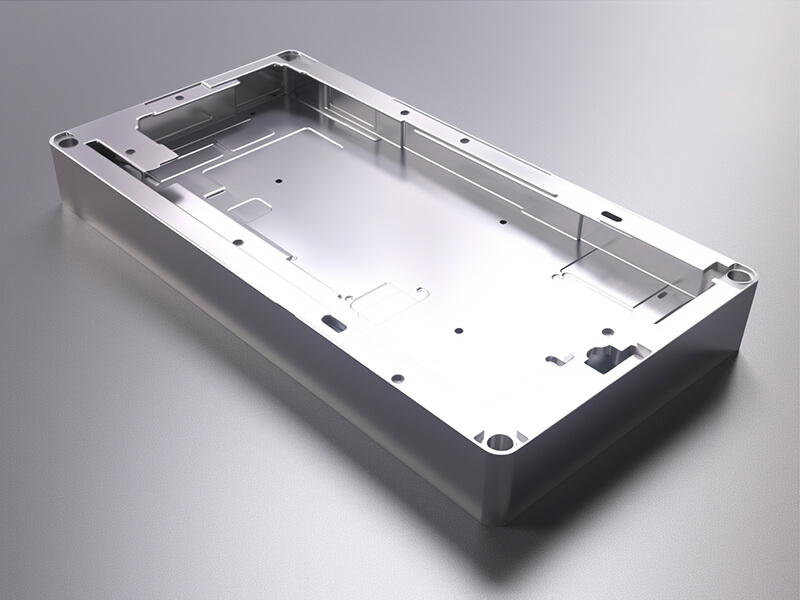Benefits of Using Aluminium CNC Parts in Manufacturing Processes
In the world of manufacturing, precision and efficiency are paramount. Companies are constantly seeking ways to improve their production processes and reduce costs without compromising on quality. One solution that has gained popularity in recent years is the use of aluminium CNC parts. These parts offer a range of benefits that make them an attractive choice for manufacturers across various industries.
One of the key advantages of using aluminium CNC parts is their lightweight nature. Aluminium is known for its low density, making it significantly lighter than other metals such as steel or iron. This weight advantage translates into several benefits for manufacturers. Firstly, it allows for easier handling and transportation of parts, reducing the risk of accidents and injuries. Additionally, the lightweight nature of aluminium CNC parts means that less energy is required to move and operate machinery, resulting in lower operating costs and increased efficiency.

Another benefit of aluminium CNC parts is their excellent strength-to-weight ratio. Despite being lightweight, aluminium is a highly durable material that can withstand heavy loads and extreme conditions. This makes it an ideal choice for applications that require strength and reliability, such as aerospace, automotive, and marine industries. By using aluminium CNC parts, manufacturers can achieve the desired strength and performance without adding unnecessary weight to their products.
In addition to its strength, aluminium also offers excellent corrosion resistance. Unlike other metals that can rust or corrode over time, aluminium forms a protective oxide layer when exposed to air. This layer acts as a barrier, preventing further corrosion and ensuring the longevity of the parts. This corrosion resistance makes aluminium CNC parts suitable for outdoor applications or environments with high humidity or exposure to chemicals.

Additionally, aluminum is a highly malleable material, which also means it can be easily shaped and formed into complex designs. This flexibility allows manufacturers to create complex and precise parts that meet their specific requirements. With CNC machining (the use of computer-controlled tools to cut and shape materials), manufacturers can achieve higher levels of accuracy and consistency in their production processes. This not only improves the overall quality of the part, but also reduces the need for additional finishing or post-processing.
Cost-effectiveness is another significant advantage of using aluminium CNC parts. Aluminium is a widely available and relatively inexpensive material compared to other metals. Its low cost, combined with the efficiency of CNC machining, allows manufacturers to produce parts at a lower cost per unit. This cost savings can be passed on to customers, making products more affordable and competitive in the market.

In conclusion, the benefits of using aluminium CNC parts in manufacturing processes are numerous. From their lightweight and durable nature to their corrosion resistance and flexibility, aluminium CNC parts offer a range of advantages that can significantly improve production efficiency and reduce costs. By leveraging the unique properties of aluminium and the precision of CNC machining, manufacturers can achieve high-quality, reliable, and cost-effective parts for a wide range of applications.
